Results 301 to 310 of 12091
Thread: Anandtech News
-
02-03-11, 05:20 PM #301
Anandtech: webOS 2.0 Overview
Seeing Palm, one of the pioneers in the PDA space, stagnate towards the end was sad. But in the Linux-based webOS, Palm would find their much needed shot in the arm--or at least, some part of it. Purely as a mobile operating system, webOS brought a lot to the table on the usability front. While previous iterations of PalmOS, Symbian, and later Android/iOS did support multitasking, it was webOS that placed it at the very center of the mobile user experience. In fact, I honestly feel webOS has one of the most useful and user-friendly multitasking implementations currently available.
Other manufacturers have taken note of this and have slowly but steadily included webOS-inspired features in their respective platforms. And it wasn't just the multitasking ability; the notifications, message, and contact management along with the browser are all top-notch in webOS. It is because of these reasons I have found it very difficult to let go of using the Pre Plus as my primary phone. In spite of the variety of smartphones available these days with vastly superior specifications, platform eco-systems, and build quality, reliance on webOS has made it very difficult for me to upgrade. But that doesn’t mean webOS doesn’t have any flaws or room for further improvement.
Read on to see if webOS 2.0 builds on it's predessors strengths.
More...
-
02-07-11, 02:10 AM #302
Anandtech: Mobility Sector Updates: Waiting for Sandy Bridge and Market Analysis
The past week shook up the whole computer industry with Intel’s announcement that a potential flaw in their Cougar Point chipset required a respin to fix. In the ensuing chaos, we’ve had quite a few reviews put on hold or pulled altogether as we await the fix. We also have a few other items to discuss in regards to the mobility sector, so if you’re debating purchasing a new laptop/notebook vs. waiting for “fixed” hardware, we hope to shed some light on the situation.
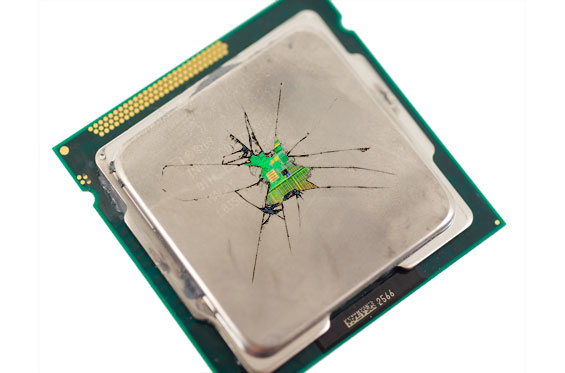
More...
-
02-07-11, 03:00 AM #303
Anandtech: LG Optimus 2X & NVIDIA Tegra 2 Review: The First Dual-Core Smartphone
2011 is going to be a year dominated by multi-core smartphone launches, but there always has to be a first. So just like that, we have our first example of said category of smartphone, the LG Optimus 2X, with Nvidia's dual-core 1 GHz Tegra 2 AP20H at its heart. The Optimus 2X (simply the 2X henceforth) hasn't changed much since we saw it at CES - the hardware is aesthetically the same, and software at first glance is the same as well.
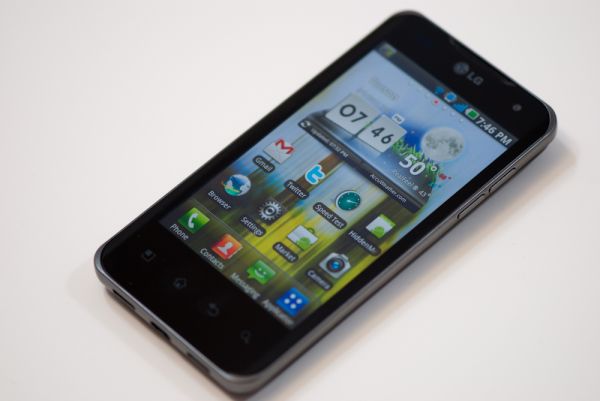
Read on for our full review.
More...
-
02-07-11, 08:20 PM #304
Anandtech: TI Reveals OMAP 5: The First ARM Cortex A15 SoC
TI sure does have impeccable timing. Not 12 hours after we published our LG Optimus 2X and NVIDIA Tegra 2 review, complete with a discussion of the 2011 SoC space, did TI announce its OMAP 5 SoC.
OMAP 5 will go into production in the second half of 2011 and ship in phones during the second half of 2012. It’s a 28nm SoC with significant architectural upgrades compared to the OMAP 4.
While the OMAP 4 integrates a pair of ARM Cortex A9 cores, OMAP 5 features two ARM Cortex A15 cores. TI already announced that it was ARM’s first licensee of the Cortex A15, so the OMAP 5 announcement is not too surprising.
The ARM Cortex A15 cores can run at speeds of up to 2GHz, although specific frequencies will depend on the OEM implementation. At 2GHz TI claims the pair of Cortex A15s should be 3x the speed of the 1GHz Cortex A9s in the OMAP 4330. At the same clock speed, TI is boasting a 50% performance advantage from the A15 over the A9.
With the OMAP 3 TI had a 256KB L2 used by its single Cortex A8. The OMAP 4 quadrupled L2 cache size to 1MB and shared it among both of its Cortex A9s. TI’s OMAP 5 doubles L2 cache size to 2MB, operating at the CPU clock speed, and it’s once again shared by the SoC’s two CPU cores (in this case Cortex A15s). The OMAP 5 retains the same dual-channel LPDDR2 memory interface from the OMAP 4.
Architecturally we still don’t know much about what makes up a Cortex A15, although I suspect we’ll get more of that in the coming months. In our Tegra 2 review I mentioned that the transition from ARM11, to Cortex A8 and now to Cortex A9 left us with a generational performance improvement each step of the way. The move to A15 will be no different. ARM’s Cortex A8 went mainstream in the performance segment in 2010, Cortex A9 will do the same in 2011 and with any luck we’ll see A15 before the end of 2012. It’s this sort of yearly cadence that ARM and its partners must keep up in order to really catch up and surpass what Intel has been promising with Atom. Atom came out in 2008 and it won’t be until late 2012 that its architecture is truly refreshed. For a company that survived the mistakes of NetBurst, Intel doesn’t seem to have learned much of a lesson there.
In addition to its dual Cortex A15 CPUs, the OMAP 5 will feature two ARM Cortex M4 cores as well. The M4 isn’t very useful as a general purpose microprocessor, it only supports the ARM Thumb/Thumb-2 instruction sets (not the full 32-bit ARMv7-A ISA). The M4 does have a suite of signal processing extensions that can be used to accelerate audio/video encode and decode. One application of the M4s will be still picture enhancement. A goal for the next-generation of SoCs is to begin to bridge the gap between smartphone camera quality and high-end point-and-shoot and DSLR cameras. Obviously we’ll always be bound by the poor optics possible on smartphones, however there’s still a lot that can be done in hardware to improve the quality of what’s captured.
The OMAP 5 supports up to four cameras. One demo I saw Intel put together a while ago was of a smartphone with two equal resolution/quality cameras on its back. The only difference between the two was the focal length of the lens. Whenever you took a photo with the demo camera you’d actually capture the scene at two (vastly) different focal lengths. The SoC (in this case an Atom) would use the captured data to produce one image where the entire scene was in focus, with improved sharpness/detail over a single camera solution. It’s possible that OMAP 5 based smartphones may feature similar technologies and use its Cortex M4s to merge/interpolate data from the camera sensors.
As ARM’s CPUs grow in power consumption, the amount of fixed function or specialized silicon set aside to offload various tasks will increase. The Cortex A15s should be used only for those applications that absolutely need them, anything else should be offloaded.
The OMAP 5 SoC integrates Imagination Technologies’ PowerVR SGX 544 GPU, although it’s unclear how many cores will be present in TI’s implementation. Each SGX 544 core has four USSE2 pipes compared to four USSE pipes in the SGX 540, and two USSE pipes in the SGX 530. Each USSE2 pipe offers an increase in compute power compared to the old USSE pipes, however I don’t have details on specific differences in internal organization.
TI announced two versions of the OMAP 5: the 5430 and 5432. The OMAP 5430 features a 14 x 14mm PoP with LPDDR2 memory support, while the 5432 is a larger 17 x 17mm BGA package with DDR3/DDR3L support. The 5430 will likely be used in smartphones while the 5432’s larger size would be better suited for tablets.
On paper alone the OMAP 5 looks to be very powerful, but it needs to be. Also shipping in 2012 will be Qualcomm’s MSM8960 and we may see Project Denver as well. The application processor race hasn’t even begun to heat up, but it’s starting to get interesting.
More...
-
02-08-11, 12:20 PM #305
Anandtech: ASUS & MSI Announce 6-series Motherboard Replacement Programs
Let’s recap. Intel launched Sandy Bridge. Intel found a bug in the 6-series chipset, necessary for all Sandy Bridge systems. Intel issued a stop shipment on all 6-series parts. Due to some financial regulations, Intel had to make the stop shipment known publicly before it could inform its partners. As a result, companies like Apple, ASUS, Dell, Gigabyte and MSI found out when you and I did. They were not happy.
The bug, which we’ve documented here and further explained here, impacts the reliability of the four 3Gbps SATA ports on 6-series motherboards. It does not impact the two 6Gbps SATA ports on those boards. If a notebook uses the faulty chipset (B2 stepping) and only uses the two 6Gbps SATA ports, it is not affected.
Intel has since announced that it has resumed shipment of chipsets for use in systems that fall into the aforementioned category (only using the two 6Gbps ports). Everything else remains stopped until the fixed version of the chipset (B3 stepping) is available.
Gigabyte was first out with a replacement strategy for existing 6-series motherboard owners. You can exchange your board at the place of purchase, or return it for a full refund. Pretty simple.
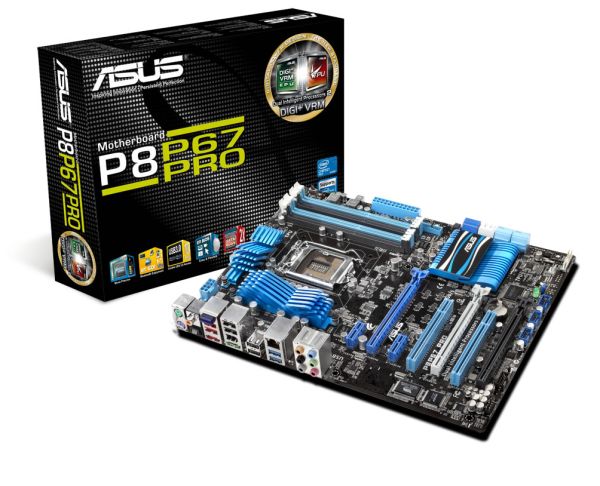
ASUS and MSI quickly followed suit, however their policies were a bit different to what Gigabyte proposed early on.
If you want a full refund, that will be handled by your original place of purchase. Vendors are currently in the process of figuring out how long they need to extend their return policies in order to cover all customers.
If you are happy with your board and just want an exchange, both ASUS and MSI will be handling the exchange directly. ASUS’ page on the exchange is here, and MSI’s is here.
The terms are pretty similar between both companies. Fixed motherboards are expected to be available in April. You’ll ship your B2 stepping board in and you’ll receive a similar B3 stepping board in exchange.
ASUS will provide free 2-way “standard shipping” for both your B2 board and the B3 board. Your new board will have a warranty that starts from the time it is shipped. Unfortunately there’s no mention of any advance RMA support, so you’ll have to plan on some down time where you don’t have a motherboard. ASUS mentions that the scope for exchanges is limited but it doesn’t mention a specific date.
MSI also provides free shipping and has committed to 3-day shipping both ways. You’ll get a pre-paid UPS label, send your board off, and get your new board via UPS 3-day as well. Once again there’s no mention of an advance RMA program so you’ll have to wait for MSI to receive your board before it will ship one out to you. MSI places a time limit on the exchange program: you must register your motherboard or MSI system by April 30, 2011.
Unfortunately none of the motherboard makers have been able to convince Intel to pay for a Z68 upgrade program. Intel’s Z68 chipset is due out sometime in Q2 (likely April/May) and adds the ability to overclock your CPU while using Intel’s processor graphics as well as support for SSD Caching.
Intel has done a good job in being proactive in addressing the problem early on, however I don’t see any favors being done for the end users. These are Intel’s most loyal customers, the ones willing to pay top dollar on day one to buy the latest and greatest. Free two-way shipping is an expectation, not a show of appreciation. Free upgrades to Z68 or maybe even work with vendors like Newegg to provide gift cards as a sign of appreciation would’ve been nice.
More...
-
02-09-11, 01:40 PM #306
Anandtech: HP's webOS 2.1 event
We're here at HP's webOS 2.1 event in San Francisco. HP has announced a couple of big things today; a tablet (HP TouchPad), a (tiny) smartphone (HP Veer) and a professional phone (the Pre 3), all running the webOS 2.1 operating system.
More...
-
02-09-11, 04:40 PM #307
Anandtech: HP's Spring Collection
Just in time for the Sandy Bridge recall, HP held a press conference updating their desktop and notebook lines. In some ways it's just business as usual, but there are definitely some interesting tidbits to digest. HP isn't rattling the pillars of the earth, but they're certainly keeping things moving.
All-in-one touchscreen PCs have been materializing on retail and e-tail shelves at an alarming rate over the past year, and in 2011 HP seeks to take things up a notch with their new TouchSmart 610 and TouchSmart Elite 9300 computers. While there weren't any specifics offered during the conference as to the configurations of these units, there's one very interesting feature that HP added.

The stands for the new models now allow them to actually swivel down to a 60-degree angle. If your immediate reaction was "the only thing my touchscreen PC experience was missing was chronic neck pain, thank you HP!" then you aren't alone, but keep two things in mind: the stand works perfectly fine as an actual stand (this is just an option), and for certain uses like store kiosks, this could be a big improvement. Consider the swivel a value-add that opens up the TouchSmart to other markets, allows for different usage scenarios, and reaching forward and manipulating a flat surface in front of you as opposed to at an angle could potentially be more comfortable.
As we said, nitty gritty details weren't readily available during the press call, but the consumer-oriented TouchSmart 610 is now available for purchase on HP's website. The AMD-based model 610z starts at $800 (with the current $200 instant rebate) and comes with an Athlon II 250 (dual-core 3.0GHz), 4GB RAM, 750GB HDD, and a Radeon HD 4270. Upgrades can take the CPU up to the Phenom X4 910e (quad-core 2.6GHz), you can bump the GPU up to an HD 5570, and you can also add a Blu-ray combo drive. Other features include a 1.3-megapixel webcam, Beats Audio, 802.11n WiFi, wireless keyboard and mouse, and a copy of RUSE (a PC game that's supposed to benefit from the touch interface).
There's also an Intel model, the 610xt, which starts at $1150 (with the current $300 savings). The base model comes with an Arrandale i5-650 CPU (dual-core + Hyper-Threading 3.2GHz), and can be upgraded as far as a quad-core i7-880 (3.06GHz). There's currently a free upgrade to 6GB RAM (from the normal 4GB), as well as a 1TB HDD (instead of 750GB). The stock GPU is a GeForce G210, or you can upgrade to an HD 5570 1GB for $30 (or a 2GB 5570 for $80 - yeah, forget about that card!) Other features and accessories are the same as the AMD model.
The more business-focused Elite 9300 bumps the webcam up to two megapixels and features a 90% efficient power supply, but isn't expected to be available until May.
If there's one thing we do appreciate, it's the gradual simplifying of HP's notebook designs over the past year. There's a much appreciated move away from glossy plastics in the industry, and HP's newer notebooks are becoming more and more minimalistic in their appearances. There aren't any major updates to any of HP's lines other than a greater push towards improving the aesthetics and entertainment experiences except for one: HP has migrated Beats Audio down to its consumer dv6 and dv7 lines. These notebooks both feature quad speaker Beats Audio setups (previously the exclusive domain of the Envy line) and draw more than a few design cues from their more expensive Envy cousins.
Actually, there's one more major change in HP's notebook lineup that's going to be very welcome to a lot of us. This one hasn't been aggressively announced: the triumphant return of dedicated touchpad buttons. The clickable touchpad seemed like a great idea when Apple introduced it, but every iteration that's appeared on a Windows notebook has been difficult at best, dire at worst. Such are the sacrifices that must be made in the name of right-clicking. Welcome back dedicated mouse buttons, we missed you!
The new dedicated-mouse-buttons and Beats-Audio-enabled HP dv6 and dv7 notebooks (along with their refreshed but newly right-clickable G series notebooks) are set to start showing up in retail in mid-to-late March.
More...
-
02-09-11, 11:10 PM #308
Anandtech: Puget Systems Serenity SPCR Edition: Blissful Silence
We've had the opportunity to look at a few custom builds from different boutiques so far. While most have generally been well-rounded builds using cherry picked off-the-shelf parts and components, so far only AVADirect's Nano Gaming Cube has really emphasized the word "custom." That changes today with the Puget Systems Serenity SPCR Edition tower, a system that proves once and for all that you can have a lot of power in your desktop without it sounding like it's getting ready for takeoff.

More...
-
02-10-11, 02:10 AM #309
Anandtech: Analysis of HP's event : It's raining webOS
Today's HP webOS event was all about letting everyone know that webOS is definitely here to stay and HP is putting in massive resources (human and monetary) to ensure that webOS puts up a decent fight. To this effect, three product announcements were made today; the TouchPad tablet, the Pre 3 smartphone targetted at professionals and the Veer, which is unlike anything out there today (except maybe the Sony Ericsson Xperia X10 Mini).
Read on to find out how strong a fight webOS is going to put up and what it will be bringing to the table.
More...
-
02-11-11, 11:00 AM #310
Anandtech: Nokia and Micrisoft Announce Stratergic Partnership
Today Nokia and Microsoft have announced partnership that will collectively leverage Microsoft and Nokia's strengths and resources. Although the fruit of this long-term partnership will primarily affect Windows Phone 7 and Nokia's smartphone line-up, other areas of either companies business' will also be getting some of the good stuff.
Read on to see more details of today's announcement.
More...
Thread Information
Users Browsing this Thread
There are currently 12 users browsing this thread. (0 members and 12 guests)




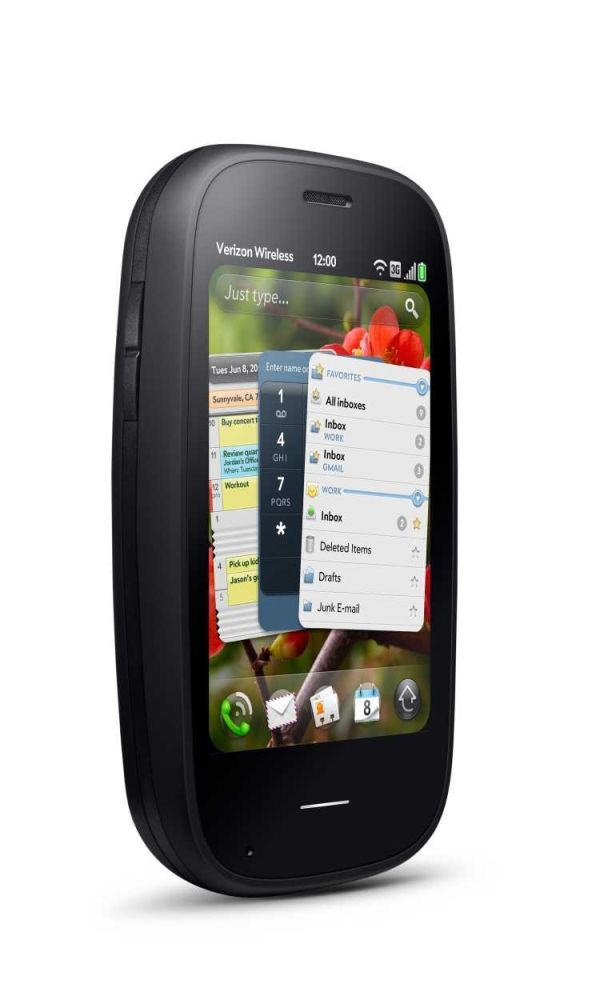

 Quote
Quote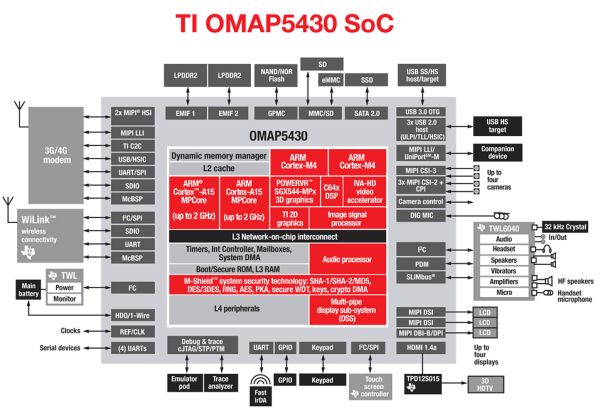
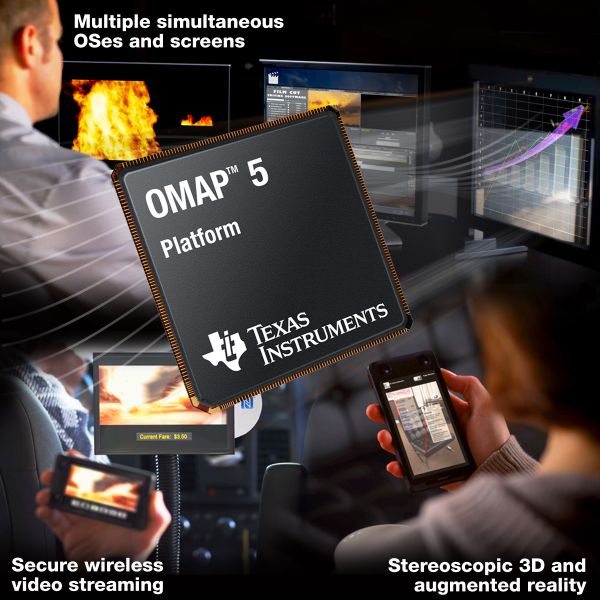

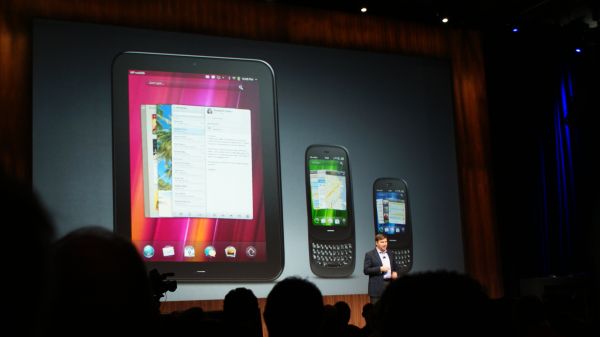

















Bookmarks